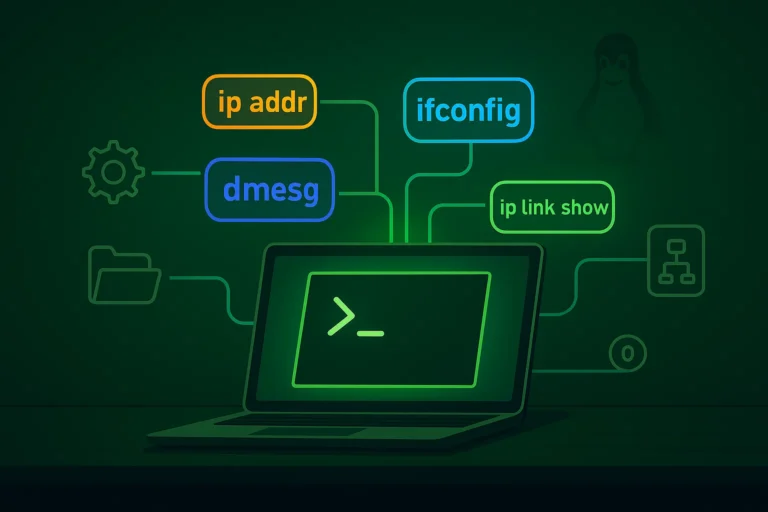3 Ways to change ip address in Linux
Do you need to change your IP address frequently? Are you having trouble finding a way to do it on Linux? If so, you have come to the right place. In this blog post, we will discuss three different ways…
Do you need to change your IP address frequently? Are you having trouble finding a way to do it on Linux? If so, you have come to the right place. In this blog post, we will discuss three different ways…
In this blog post, we will discuss four easy ways to check memory usage in Linux. This is an important task for any system administrator or anyone who wants to keep track of their system’s performance. By following the instructions…
If you’re a Linux user, you may have noticed that the ls command sorts files alphabetically by default. This can be helpful if you want to quickly find a specific file, but what if you want to see the most…

In this blog post, we will discuss 3 different ways to check the number of CPU cores in Linux. Each method has its own advantages and disadvantages, so be sure to read through all of them before choosing the one…

This article is part of the following series. Linux is a powerful operating system that offers many features and options for users. In this blog post, we will discuss four different ways to check directory size in Linux. We…
In this blog post, we will discuss 3 different ways to check if a file exists in Bash. This is an important skill to have when you are working with files in a Linux environment. Each of these methods has…

Linux gives you multiple ways to check and manage your network interfaces. Whether you’re troubleshooting a connection issue or just trying to understand your system’s setup, knowing the right commands can save you time. In this post, we’ll look at…
In Linux, every file and folder has a path that points to it. This path is necessary for applications and scripts to find and access files. If you need to find the path to a file or folder, there are…

When dealing with a large number of files in a Linux system, organizing them based on their sizes can be immensely helpful. In this post, we will explore three different ways to sort files by size in Linux, each providing…
The “SSH Connection refused” error is a common error encountered when attempting to connect to a remote server via SSH. If the remote server is not accepting connections on this port, the connection will be refused and the user will…